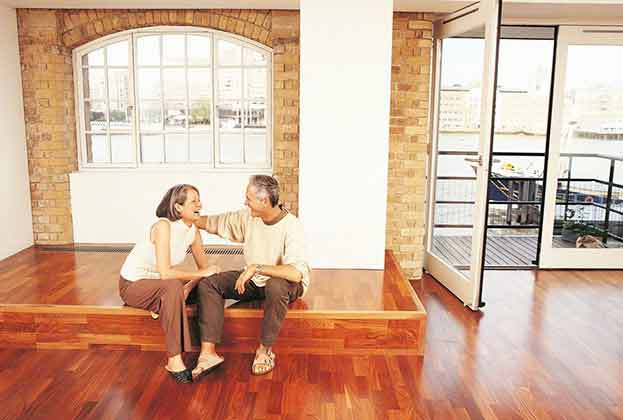Institutional investors have a weight of capital to deploy and as prime opportunities in traditional property sectors are becoming rare and competitively priced, they are shifting their focus towards operational–type such as senior living
The European senior housing investment volume totalled more than €700m since the beginning of the year. This is a record high, mainly fuelled by two large transactions in the UK. The forward purchase by Riverstone living of the Royal Warwick Square project in London and the development by Audley group who teamed up with Octopus Investments and Schroder Exempt PUT, of four retirement villages. Both projects will be built to sale.
Initially fuelled by the consolidation of large portfolios between investors, over the past two years growing demand for senior housing has pushed major market players toward new investment strategies. New developments and forward sales are palliative ways to counter the inadequacy of the existing supply, whilst M&A is a fast means to reach a suitable portfolio scale.
Hence, annual investment volumes can be very volatile in the sector and the breakdown per country should be treated carefully. Overall over the past five years, senior housing investment activity was mainly concentrated in the UK, France the Netherlands, Germany and Belgium.
A growing range of investors is now involved in the sector. Pension funds and public REIT were pioneers in the market, gradually followed by insurance companies (Axa Group), equity funds (Fremont Group), investment managers (Catella) and developers (Batipart). Some public REITs that were originally dedicated to healthcare, including notably Aedifica and Cofinimmo are increasingly slipping into the senior living market.
Compared to other asset types, senior housing is attracting a limited amount of foreign capital. Over the past five years, cross border investment accounted for 30% of the total volume on average, compared to 40% for multifamily and 62% for student housing. The sector requires solid knowledge of rapidly changing regulations and a good understanding of anchored habits from the elderly population, both of which can be very different from one European country to another. Furthermore, as the sector is still in its infancy, the market remains very opaque. This explains why the sector still mainly attracts domestic investors. Cross border investment is predominantly coming from Europe but US investors, who have built bridgeheads in both the student housing and multifamily sectors, are now starting to look at the potential for senior living.
THE SENIOR HOUSING MODEL
Senior housing commonly provides apartments, but some also offer cottages, condominiums, and single-family housing facility intended for the elderly. Typically, each person or couple in the home has an apartment-style room or suite of rooms. Additional facilities are provided within the building. This can include facilities for meals, gatherings, recreation activities. However, residents do not require assistance with 24/7 skilled nursing.
Read the articles within European Senior Housing below.
.jpg)
.jpg)


